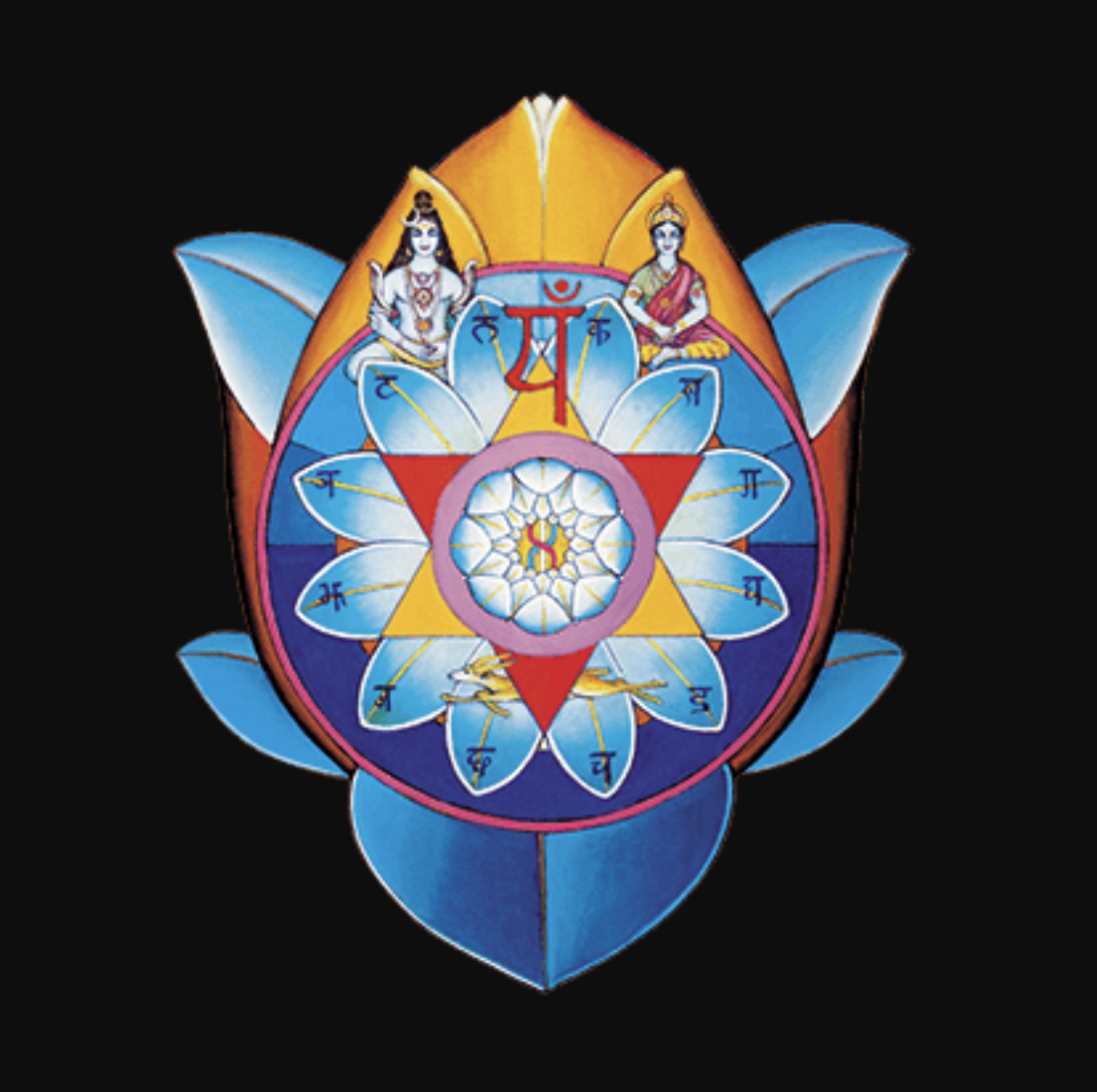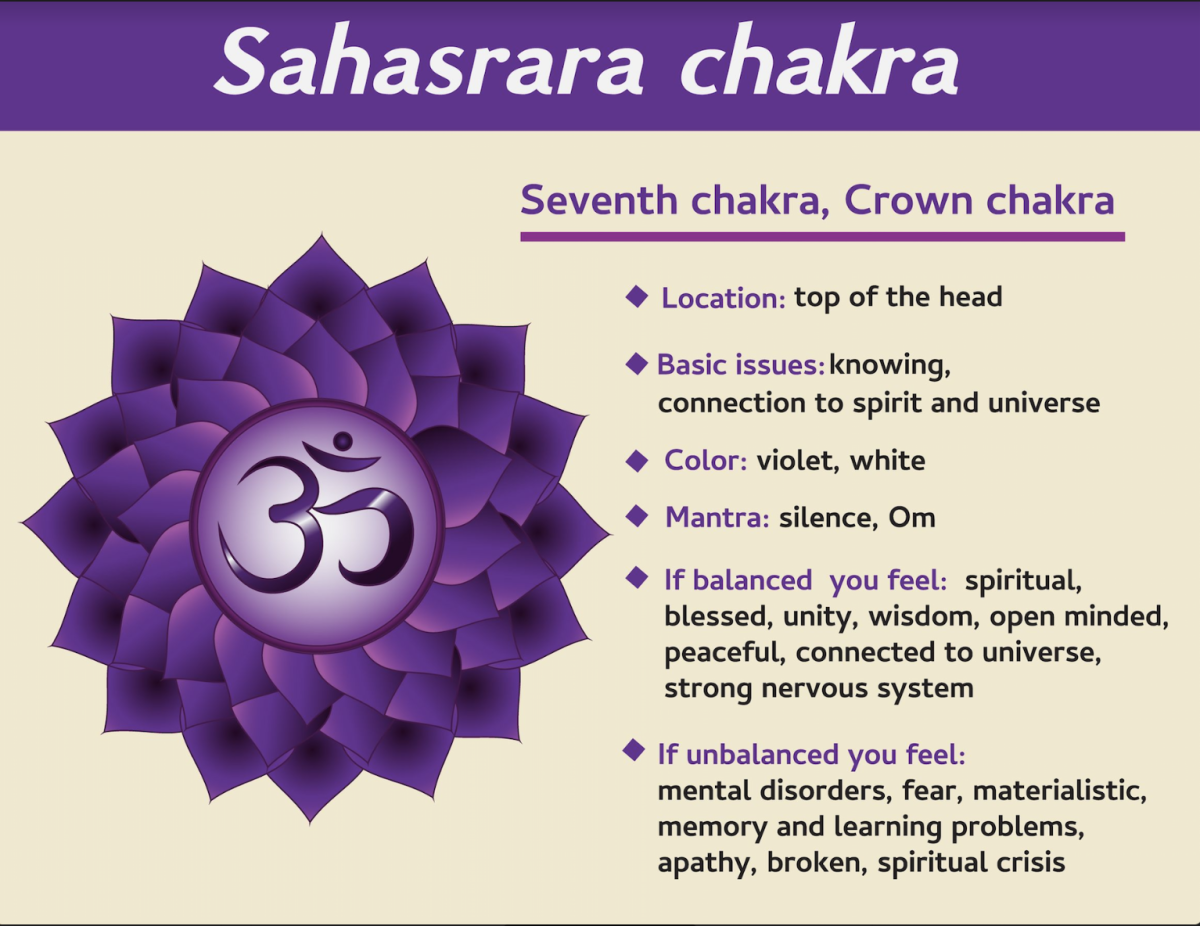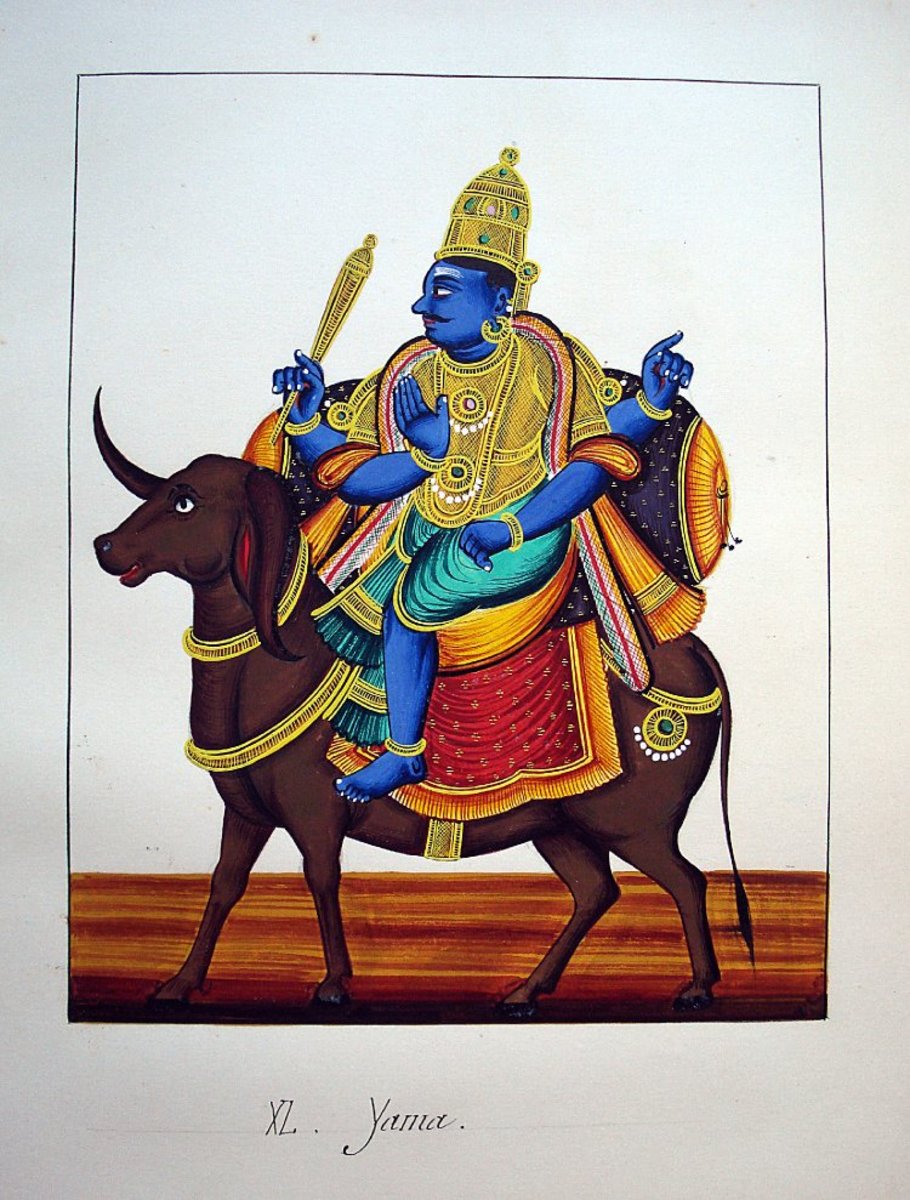How Was The World Created According To Hinduism?
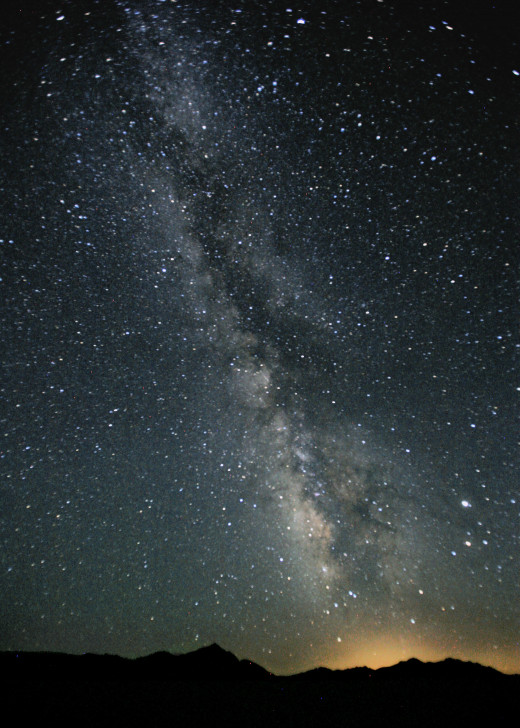
Of all physical wonders easily observable to the residents of planet earth, the clear moonless night sky arguably stands out from the rest. Innumerable stars cover all directions – a few bright and distinct forming patterns and many others just visible, many young blue stars and dying red giants, the evening star, Venus, along with the other bright planets of our solar system, shooting stars, comets, and most remarkably, the faint but distinct streak of light running across the sky called the Milky Way (or Akasha Ganga in Sanskrit), our galaxy – all visible to the naked eye. Inconceivable distances, stellar phenomenon, and the sheer vastness of the cosmic creation leaves one feeling small and insignificant. The night sky has inspired many thinkers and sent them on the path of introspection and self-realisation. However, the cities and towns are now lit up throughout the night with modern lighting systems that impair the visibility of the full glory of the night sky. “Light pollution” is what the astronomers of today call it. A city lad could pass his entire life without even having a glimpse of the Milky Way due to the bane of media and the unavoidable light pollution.
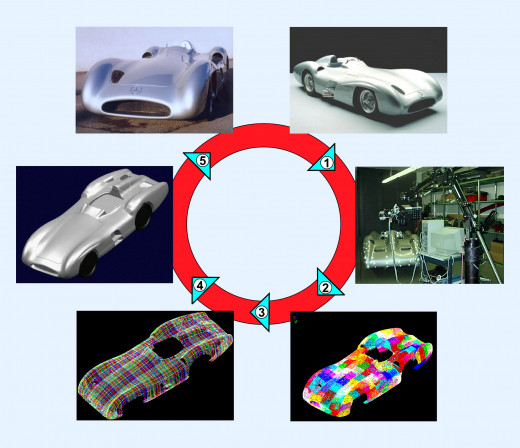
Scientific reverse engineering of our universe
Science is trying hard to understand the universe in a way how that end-products are reverse engineered to deduce design decisions with little or no knowledge about the procedures involved in the original production. Since empirical understanding is prone to the limitations of our senses and equipment, it may be a better idea to simply accept these observational limitations and approach the problem through the revealed literatures. Although it seems highly unlikely for the scientific community to scrap their established empirical methods and start from scratch by accepting the metaphysical concept of consciousness as the basis of their studies, we do see a section of scientists moving towards that direction (One many refer to Dr. Robert Lanza, and Dr. Mani Bhaumik).
Nonetheless, for those that recognise the futility of measuring the infinite with the limited and imperfect senses, the doors of real knowledge free from speculation contained in the Bhagavad Gita and Srimad Bhagavatam are always open. What follows is a brief summary of some of the important aspects of creation as passed down through a chain of preceptors as descending knowledge of the Absolute Truth.
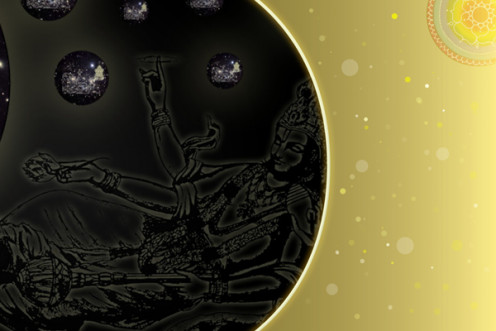
The two realms
In Hinduism, two realms - the material realm and the supra-mundane realm - are recognised. The supra-mundane realm is timeless (eternal) in that is it always exists, hence there is no question of it's creation, whereas the material realm is under the purview of time and continuously undergoes cyclic transformations of creation, maintenance, and destruction.
The supreme soul is a person who resides in the supra-mundane world amongst multitudes of his devotees who are bound by different tastes (rasas) of pure love towards the supreme person, and the supreme person reciprocates their love in a similar way. There is no clash of interest per se in the supra mundane world since every interest is directed to please the supreme person. Although there are varieties of interests, each of them converge on the one interest to please the supreme person. Therefore, the supra mundane realm is a world of absolute harmony of variegated beauty.
The material world is an insignificant fraction of the complete reality. The material world is necessitated by the separate interests of the jivas (individual units of consciousness). Every living entity is basically a jiva, and this material world is a co-existence where a jiva can pursue its own separate interest independent of the supreme person. In the material world there are clashes of interests, and harmony is temporary and difficult to achieve (to know more about free will and the entrance of the jiva into material realm, refer to Reincarnation in Hinduism - An introspective Drilldown). In the material realm there are multitudes of material worlds or universes. The following sections expand upon the concept of creation of the material world in Hinduism.
Creation as described in the Srimad Bhagavatam has multiple phases and is not easy to comprehend. Nevertheless, a skeptical approach to the revealed scriptures such as the Bhagavatam may lead us to atheism. We do not have the time or the energy to allow our limited mental capacities to become constricted and thus deviate our search for answers. Those that solicit empirical verification of metaphysical revelations in the mental sphere will continue to rummage in vain in the finite territory of time and space. Good reason is an indispensable tool to guide faith to truth. However, reason does little help by questioning the validity of metaphysical propositions that are by nature inconceivable, on empirical grounds. Rather, researching the source, motive, history, comprehensiveness and results of such knowledge will settle the credibility of any revealed scripture helping faith take its course.
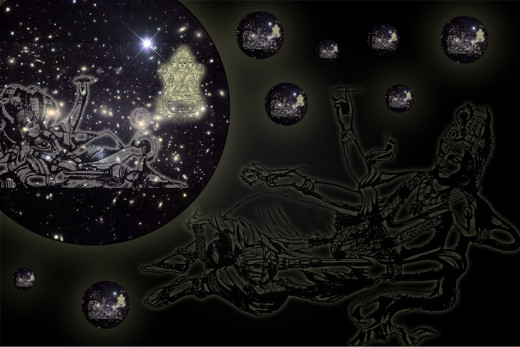
The process of creation
Because the material realm is necessitated by the contrary separate interests of the jivas (individual units of consciousness), unlike the scientific explanation of evolution of matter into consciousness, creation as per the Bhagavatam is a subjective evolution of consciousness. The direction of creation is from subtle to gross and not the other way around. Since the subject and the object are interdependent, creation of material objects is an inseparable phenomena of the creation of their exploiters (the subject).
It is said that the supreme person has unlimited potencies or energies (parasya shaktir vividhaiva sruyate) categorized into three sections - antaranga (internal),bahiranga (external), and tatastha (marginal). The material creation is the result of the external energy of the supreme person, the jivas originate from the marginal potency, and the spiritual world is the exhibition of the internal potency of the supreme person.
The process of material creation is divided into two phases, namely, sarga (primary creation), and visarga (secondary creation).
SARGA - PRIMARY CREATION
The primary creation is caused by the supreme person himself in his first purushavatara as Maha Vishnu lying in the causal ocean (karanarnava) of the material realm. The causal ocean encompasses everything in the material realm. In the causal ocean, the original undisturbed and un-manifest state of matter is called pradhana. In the state of pradhana, the three material modes (gunas) - goodness, passion, and ignorance - are in equilibrium. Creation is initiated when this equilibrium is disturbed by the glance of Maha Vishnu that impregnates pradhana with individual units of consciousness called jivas and Maha Vishnu manifests his time potency (kala). The following is the sequence that proceeds after the impregnation -
-
The impregnated disturbed state of pradhana is called mahat-tattva.
-
Impelled by time, mahat-tattva gives rise to the three kinds of false ego (ahankara) - vaikarika ahankara (false ego in the mode of goodness), taijasa ahankara (false ego in the mode of passion), and tamasa ahankara (false ego in the mode of ignorance).
-
When time acts on tamasa ahankara, sound comes into being, followed by ether or space. From ether, arises tactility that gives rise to air. From air, form arises that gives rise to fire. From fire, taste arises that gives rise to water. From water, smell arises that gives rise to earth.
-
taijasa ahankara gives rise to the intelligence, the five perceptive senses, and five working senses. The perceptive senses are the ears, skin, eyes, tongue, and nose. The working senses are the legs, hands, voice, anus, and genitals. These senses are not physical sense organs, but subtle representations that support the physical sense organs.
-
vaikarika ahankara gives rise to manas (the elemental substance of the mind), and also the presiding authorities of material creation.
At the end of the primary creation there are a total of twenty-four creative constituents. The jiva and paramatma (supersoul) are considered the twenty-fifth and the twenty-sixty constituents respectively.
Since material elements mixed with the time energy gives rise to perceptions and the corresponding sense organs, the sensory perceptions of this world are real and not illusory or imaginary.
VISARGA - SECONDARY CREATION
Once all the primary constituents of creation manifest, visarga - the secondary creation, begins. In the material realm, infinite universes manifest from Maha Vishnu. The supreme person in his second purusha avatara as Garbhodakashayi Vishnu rests in each of these universes and pervades the whole universe with his gigantic form. It is said that each universe has fourteen planes of existence called lokas that are seen as different parts of the body of the gigantic virata form of Garbhodakashayi Vishnu.
The creative impetus of Garbhodakashayi Vishnu is embodied in Brahma, the grandsire of the universe, who assembles the primary constituents into varieties of living species and populates the universe. The secondary creation is the manifest amalgamation of the desires of the living entities. Just as a seed produces additional seeds, activities that promote material desires in the performer produce moving and non-moving life forms. The phases of visarga continue in cycles, one phase giving rise to the next, like one seed giving rise to another. The seeds in this creative process are the living entities' fruitive activities.
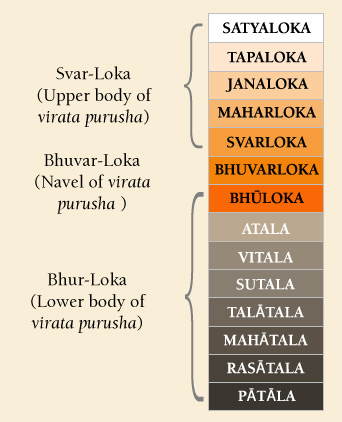
Metaphysical levels of the material world
In Vedic philosophy it is implicitly accepted without any debate that we are not alone in this universe. Since the atma (soul) is not affected by its surrounding physical conditions whatsoever, life forms with a suitable body can exist in any situation. However, science in its limited capacity has yet to ascertain the existence of an extraterrestrial civilisation that can even primitively match the capabilities of humans. Science is only scouting the physical perimeter of the universe that is just a single dimension bound by time and space. But, when the spatial aspect is transcended to metaphysical levels, there are originally multiple levels of existence in this universe.
In the Srimad Bhagavatam we are informed that there are fourteen planes of existence or planetary systems in a universe. These fourteen are divided into three, namely, the Bhur-loka consisting of the earth and the seven lower planets of the nether regions, the intermediate planetary system of Bhuvar loka, and the five higher planetary systems of the Svar-loka up to the highest planet of Satya-loka, the residence of Lord Brahma. Although the lifespan of the residents may vary considerably across the different lokas, death is certain in each of them.
(More information about cosmology as per Srimad Bhagavatam has been discussed in the video below)
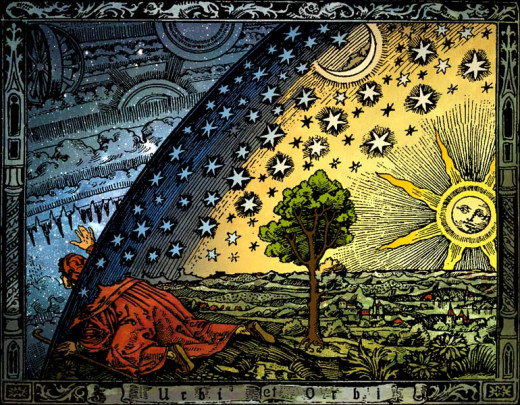
Beyond material creation - The supra mundane world
The spiritual world, unaffected by time, is what lies beyond the causal ocean. The spiritual world is encompassed within the brahman effulgence also called the Brahma-loka that is made of anti-material spiritual qualities of existence, consciousness, and bliss (sat-cit-ananda). Although the span of material and spiritual creation is beyond measurement, an approximate ratio is presented for our limited comprehension. The spiritual world is said to span three-fourths of the whole (tripada vibhuti), whereas the material creation spans a fourth of the whole creation (ekapada vibhuti).
Beyond Brahma-loka is the paravyoma that consists of innumerable vaikuntha planets. The multifarious original forms of Lord Vishnu preside over each of these planets. These forms of Lord Vishnu are also called turiya (the fourth form) after the three creational forms. The Vedas refer to this original fourth form of Lord Vishnu in the verse “tad visnum paramam padam sada pasyanti surayo diviva caksur atatam” which says that the great learned sages (surayah) that are spiritually awake are always aware of the brilliant lotus feet of Lord Vishnu - the supreme abode, that is ever watchful of all our actions and gives us shelter as our guardians.
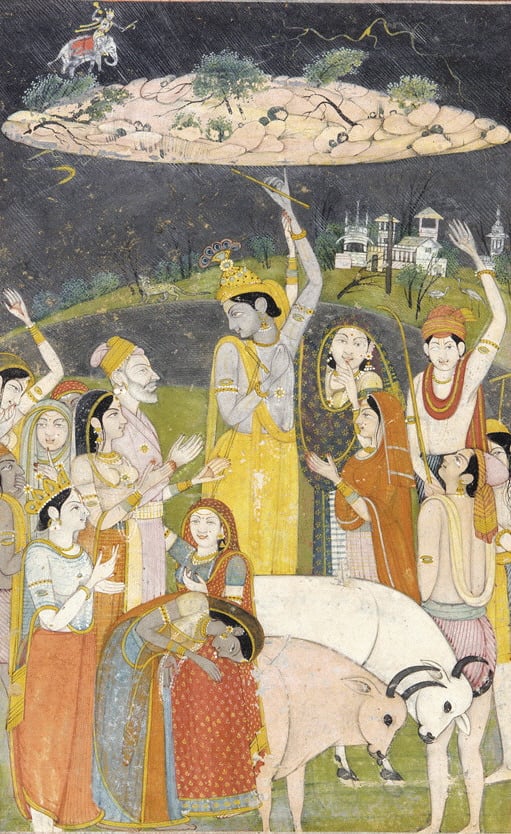
The realm of Krishna
Although the Vedas mention Lord Vishnu as the supreme destination, from Srimad Bhagavatam and Chaitanya Mahaprabhu we come to know that there is a further plane beyond the turiya state called turiyatita (beyond turiya). This plane is beautifully dynamic in nature and full with transcendental divine ecstasies. The turiyatita plane is beyond any calculation and thus it even bewilders the great sages (muhyanti yat surayah). The great learned sages that see through the eyes of the scriptures are always aware (sada pashyanti) of Lord Vishnu and they worship Him through scriptural injunctions. However, this plane beyond the turiya bewilders (sada muhyanti) even the great sages, and yet, at the same time it is irresistible and charming. In Srimad Bhagavatam it is mentioned that even the Vedas that contain all knowledge, are searching after that charming plane that is beyond knowledge (shrutibhir vimrgyam). The turiyatita plane is the the plane of Goloka Vrindavana where the supreme person Krishna, in His original two-handed form, sports with his dear devotees in infinite transcendental activities (eko devo nityalilanurakto bhaktavyapi bhakta hrdyantaratma).
That selfsame Krishna, descended to Bhu-loka (in the material cosmos) along with his associates and abode. Here he exhibited unearthly pastimes and, unlike the other avataras, he disregarded moral principles just to please his devotees and to reveal His original position as svayam bhagavan - the original source of all other avataras. Krishna is without responsibilities although he is the cause of everything that is. He controls the movement of everything animate and inanimate just by vibrating His flute which is his constant companion. Sri Rupa Goswami writes the following beautiful verse vividly expressing how the flute vibration of Krishna charms everyone from the residents of the lower planets to the topmost spiritual plane of Vrindavana.
rundhann ambu-bhrtas camatkrti-param kurvan muhus tumburum
dhyanad antarayan sanandana-mukhan vismapayan vedhasam
autsukyavalibhir balim catulayan bhogindram aghurnayan
bhindann anda-kataha-bhittim abhito babhrama vamshi-dhvanih
“The transcendental vibration of Krishna’s flute blocked the movements of the rain clouds, struck the Gandharvas (heavenly musicians) full of wonder, and agitated the meditation of great saintly persons like Sanaka and Sananda. It created wonder in Lord Brahma, wrought intense curiosity that agitated the mind of Bali Maharaja, who was otherwise firmly fixed, and made Anantashesha, the support of all the planes of existence, whirl around. Then, it penetrated the strong coverings of the material universe and wandered all around creating a wonderful situation.”
Creation and self realization
As per Hinduism, the process of understanding our universe cannot be divorced from the process of introspection into the spiritual nature of the soul, its origin and its constitutional position in relation to the universe. Moreover, the understanding of creation is an important stepping-stone towards a higher and subtle understanding of our own existence, the supreme person, and our relationship with him. On the path of truth it is imperative to look for sources of descending knowledge that is otherwise unobtainable just by theoretical understanding. The characteristic of descending knowledge is that it can only be given by someone on that plane of knowledge and can only be accepted with humble submission. When a soul-to-soul connection is made through the process of initiation, the flow of descending knowledge is established and the journey of the soul towards the spiritual realm begins.
Cosmology according to Srimad Bhagavatam
Related
- Srimad Bhagavad Gita | Sri Krishna's illuminations on the Perfection of Yoga
Bhagavad Gita - Sri Krishna's illuminations on the perfection of Yoga - With thought provoking, cutting-edge commentary by Swami B. G. Narasingha.
© 2014 Arun Ramchandramurthy






